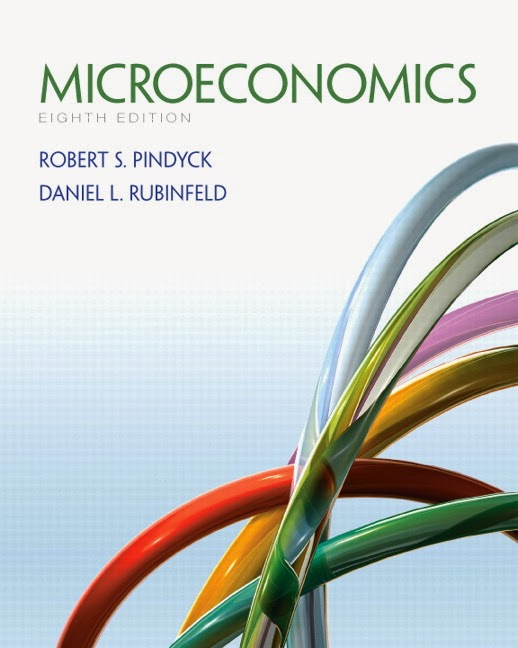
INTERMEDIATE MICROECONOMICS
 |
| Fall 2016 |
 |
Economics 201 INTERMEDIATE MICROECONOMICS |
|
|
|
|
|
|
C. Consumer Behavior
1. Consumer preferences
. . . . . . . a. Assumptions about preferences (1) Completeness
. . . . (2) Transitivity . . . (3) Non-satiation
.
. b. Indifference curves
. . . . . . . . . . .
. c. Characteristics of indifference curves
.
. . . . . . . . . .
. . .
. . . . . . . . . .
. . . . . . . . . .
. . . . .
. . . . . . . .
(1) Perfect complements - must use products in fixed proportions . . . . . . . . (2) Perfect substitutes - consumer considers that products exactly the same . . . . . . . . (3) Economic "bads" - one product is undesirable => less is preferred to more . . . . . . . . . f. Utility functions
. . . . . . . . .
. 2. Budget constraints
. . . . . . . . . . . . a. Changes in income . . . . . . . . . . b. Changes in price . . . . . . . . . . 3. Consumer choice
. . . . . . . . . .
. . .
. . . . . . . . . .
. . . 4. Revealed preference
. . . . . . . . . . 5. Applications a. Rationing . . . . . . . . . . b. Food stamps . . . . |